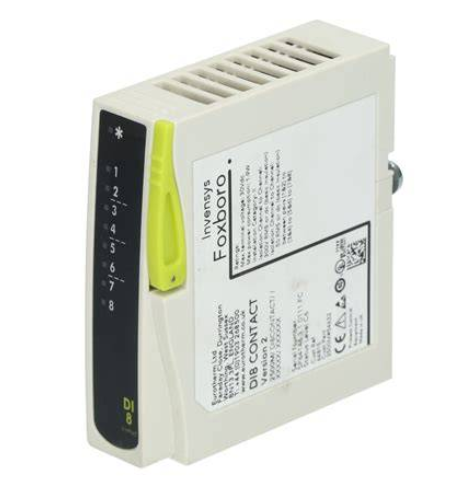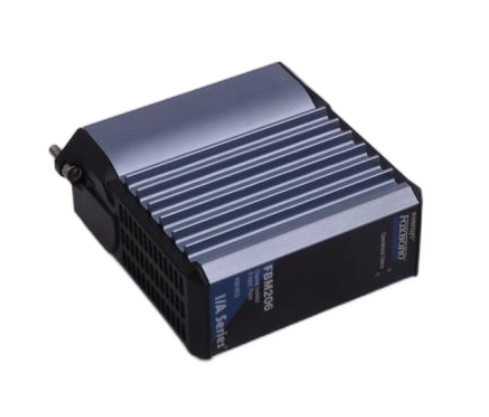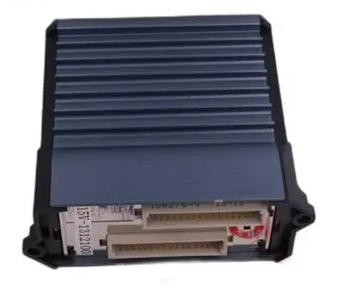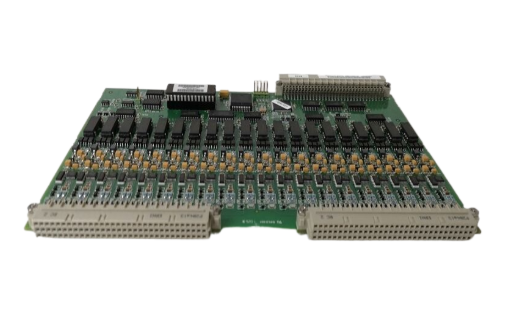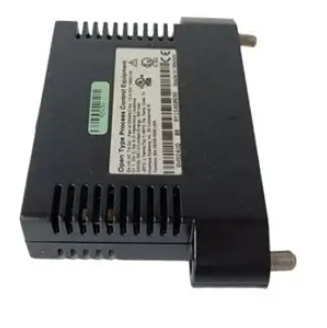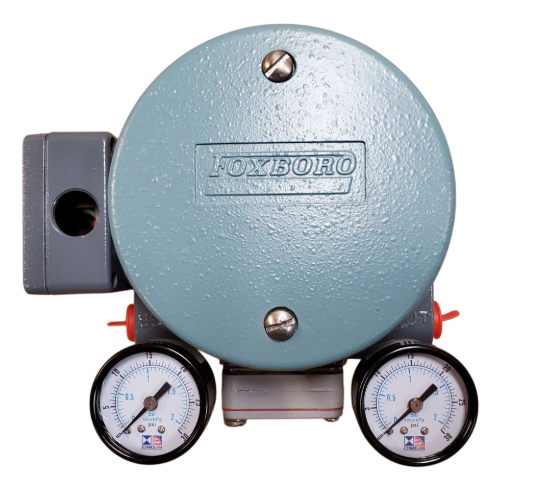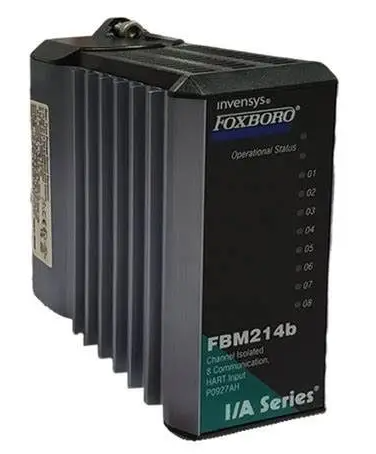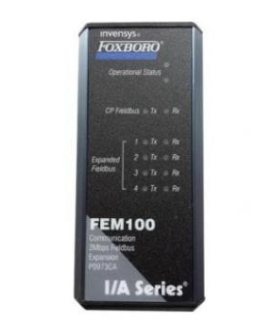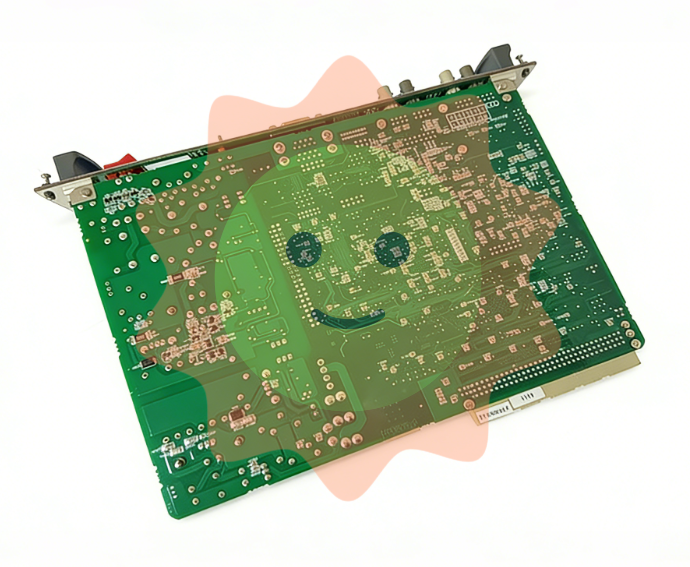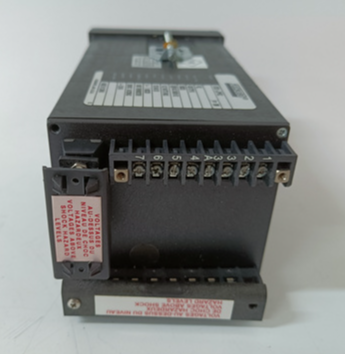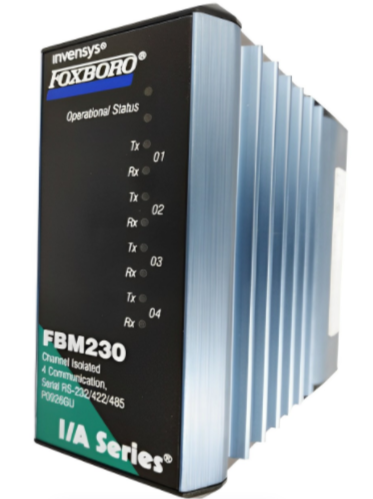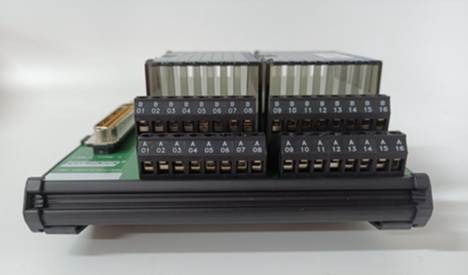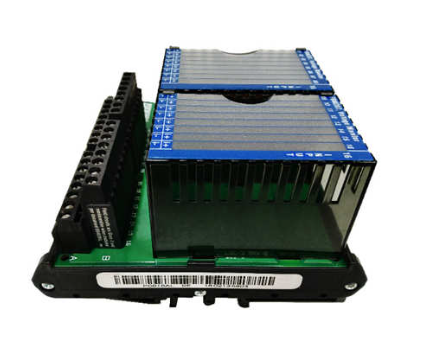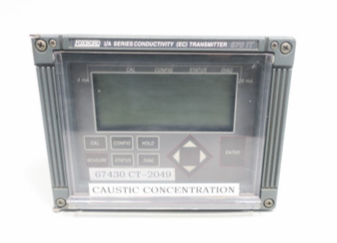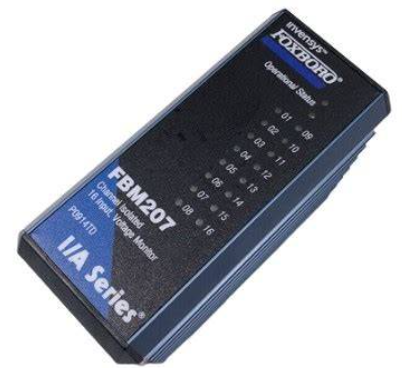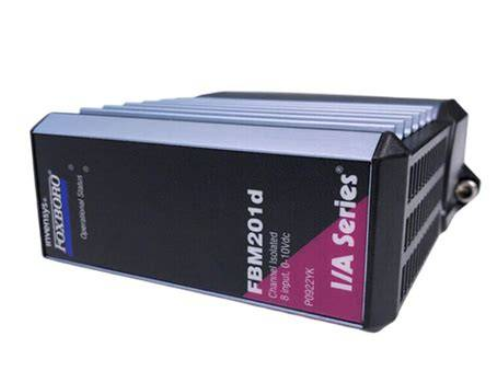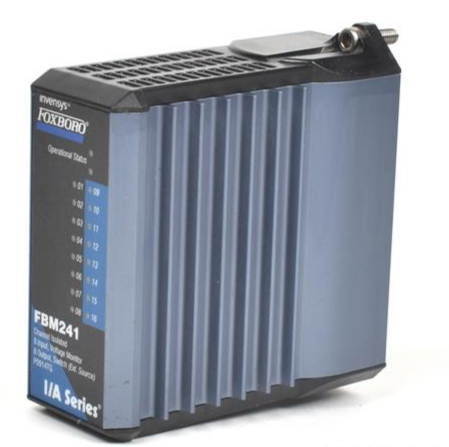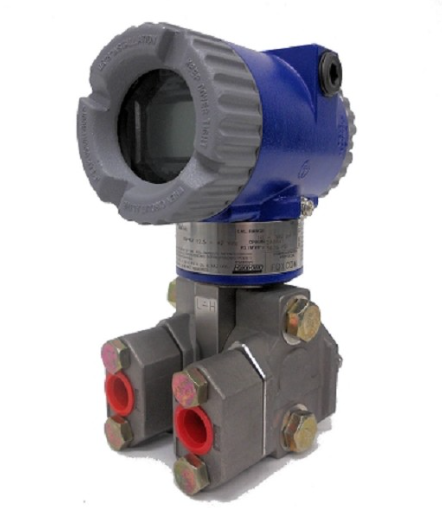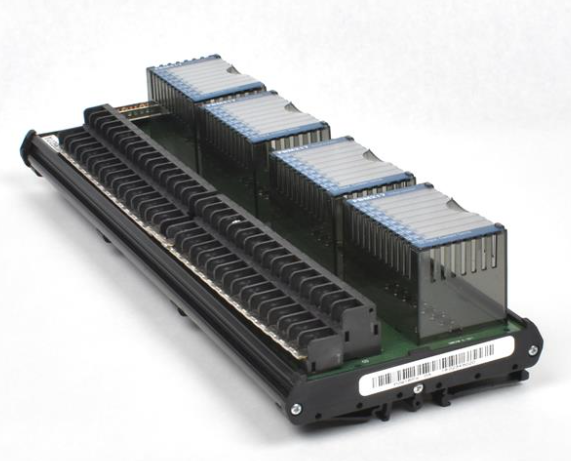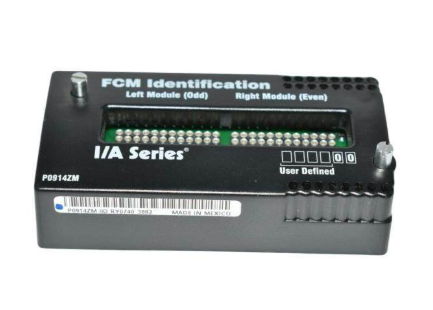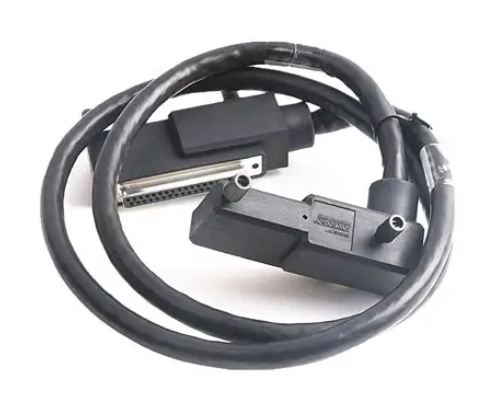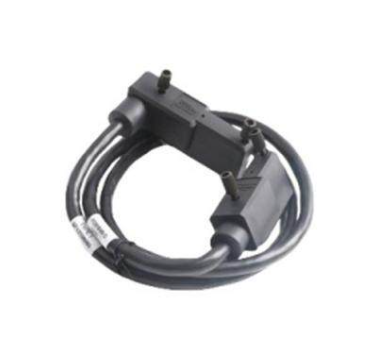The main technical development direction in the field of iron and steel metallurgy in China
As the most important raw material industry, the most fundamental task of the steel industry is to provide the society with sufficient quantity and excellent quality of high-performance steel products with the lowest resource and energy consumption, the lowest environmental and ecological load, and the highest efficiency and labor productivity to meet the needs of social development, national security and people's lives. To complete such a task, I believe that the iron and steel industry should grasp the following main technical development directions in the field of iron and steel metallurgy:
1. Low-carbon iron making technology
In the context of global efforts to reduce greenhouse gas emissions, the international steel industry is actively developing technologies to reduce CO2 emissions in the iron making process, one of which is to develop low-carbon iron making technologies along blast furnaces. It mainly focuses on the study of the use of carbon and iron composite charge in blast furnaces, the recycling of top gas of blast furnaces, the injection of hydrogen-containing substances (hydrogen rich, natural gas, COG), the injection of high oxygen rich (oxygen rich rate ≥30% or total oxygen), and the extremely limited coal injection. Hydrogen-containing substance injection (hydrogen-rich injection) has the effect of significantly reducing carbon emission, increasing the content of hydrogen injection is the development trend of blast furnace technology, especially should be paid attention to. In addition, the optimization of the structure of high pellet ratio charge, the optimization of ore blending and the optimization of particle size ratio and distribution of the charge, and the high efficiency blast furnace smelting technology are also being implemented.

2, low carbon, emission reduction of non-blast furnace ironmaking technology
Another important research direction of ironmaking technology is non-blast furnace ironmaking technology. Compared with blast furnace ironmaking technology, non-blast furnace ironmaking technology is conducive to getting rid of the shortage of coking coal resources, changing the energy structure, saving energy, significantly reducing SOx and NOx emissions in coking and sintering, and protecting the environment, which is an important direction and means to achieve energy conservation and emission reduction in the iron and steel industry. Non-blast furnace ironmaking technology using hydrogen reduction can greatly reduce CO2 emissions.
1) Melting reduction technology
The smelting reduction technologies of non-blast furnace ironmaking include Hismelt, Hisarna, COREX, FINEX, flash ironmaking, etc. The FINEX smelting reduction technology developed by Posco in South Korea has been industrialized and exported. At the same time, POSCO has combined FINEX with other technologies to form new non-blast furnace ironmaking technologies, such as POIST process, mixed hydrogen reduction process, nuclear hydrogen reduction process, etc. The American Iron and Steel Institute is currently working on non-blast furnace ironmaking projects to reduce CO2 emissions from the steel industry, including hydrogen flash smelting to produce pig iron (using hydrogen as fuel), molten oxide electrolysis research, new suspension ironmaking technology, and carbon dioxide geological storage research. China's Baosteel has introduced COREX melting reduction technology, taking into account economic factors, is now moved to Xinjiang to continue to work. Academician Zhang Wenhai is developing flash ironmaking technology and is building pilot test equipment in Hebei.
Most of the above-mentioned melting reduction technologies cannot get rid of the basic conditions of pulverized coal as raw materials, so the effect in terms of carbon emissions is limited. According to its advantages and problems, we should use hydrogen-based reducing agent to develop a low cost, high efficiency and low carbon emission melting reduction iron making technology with Chinese characteristics.
2) Direct reduction technology
There are many ways of direct reduction, such as tunnel kiln direct reduction, rotary kiln direct reduction, shaft furnace direct reduction and so on. The fuel can be coal - or gas-based. But at present, the most successful is the direct reduction of gas-based shaft furnace, and there are already 2.5-3 million tons of gas-based shaft furnace direct reduction units using natural gas in industrial operation. It has developed rapidly in areas with abundant natural gas and low prices, and is currently the main production mode of DRI. In view of China's situation, the use of selected iron concentrate and non-coking coal to gas, continuous hot charge electric furnace smelting, may be lower cost than blast furnace production of high-quality pure steel, which is a competitive production mode that some small steel mills can adopt, it is worth combining China's national conditions, especially for China's unique resources such as: The research and application of high chromium type vanadium titanium ore and boron-bearing ore are carried out to go out of our own way.
- EMERSON
- Honeywell
- CTI
- Rolls-Royce
- General Electric
- Woodward
- Yaskawa
- xYCOM
- Motorola
- Siemens
- Rockwell
- ABB
- B&R
- HIMA
- Construction site
- electricity
- Automobile market
- PLC
- DCS
- Motor drivers
- VSD
- Implications
- cement
- CO2
- CEM
- methane
- Artificial intelligence
- Titanic
- Solar energy
- Hydrogen fuel cell
- Hydrogen and fuel cells
- Hydrogen and oxygen fuel cells
- tyre
- Chemical fiber
- dynamo
- corpuscle
- Pulp and paper
- printing
- fossil
- FANUC
- Food and beverage
- Life science
- Sewage treatment
- Personal care
- electricity
- boats
- infrastructure
- Automobile industry
- metallurgy
- Nuclear power generation
- Geothermal power generation
- Water and wastewater
- Infrastructure construction
- Mine hazard
- steel
- papermaking
- Natural gas industry
- Infrastructure construction
- Power and energy
- Rubber and plastic
- Renewable energy
- pharmacy
- mining
- Plastic industry
- Schneider
- Kongsberg
- NI
- Wind energy
- International petroleum
- International new energy network
- gas
- WATLOW
- ProSoft
- SEW
- wind
- ADVANCED
- Reliance
- YOKOGAWA
- TRICONEX
- FOXBORO
- METSO
- MAN
- Advantest
- ADVANCED
- ALSTOM
- Control Wave
- AB
- AMAT
- STUDER
- KONGSBERG
- MOTOROLA
- DANAHER MOTION
- Bently
- Galil
- EATON
- MOLEX
- Triconex
- DEIF
- B&W
- ZYGO
- Aerotech
- DANFOSS
- KOLLMORGEN
- Beijer
- Endress+Hauser
- MOOG
- KB
- Moxa
- Rexroth
- YAMAHA
- Johnson
- Westinghouse
- WAGO
- TOSHIBA
- TEKTRONIX


Email:wang@kongjiangauto.com

